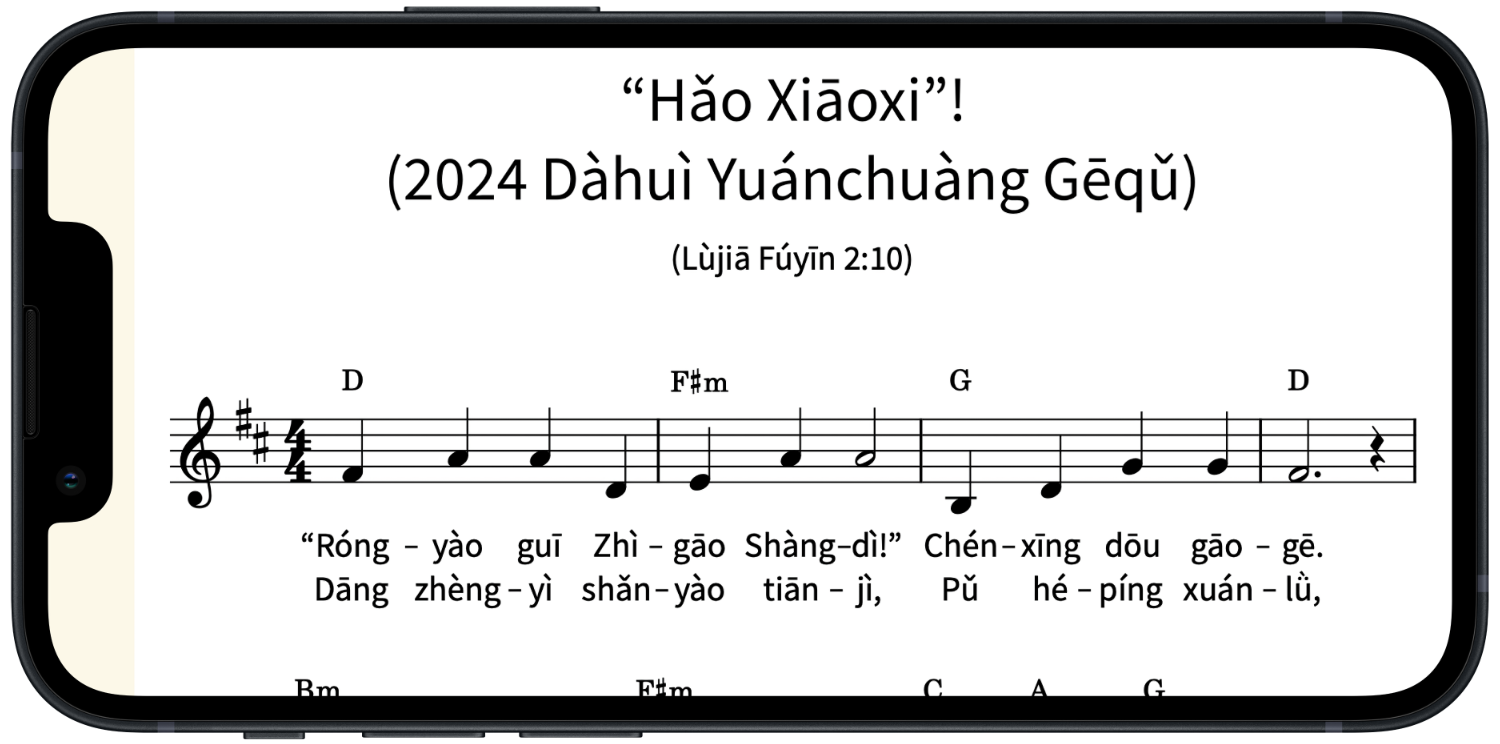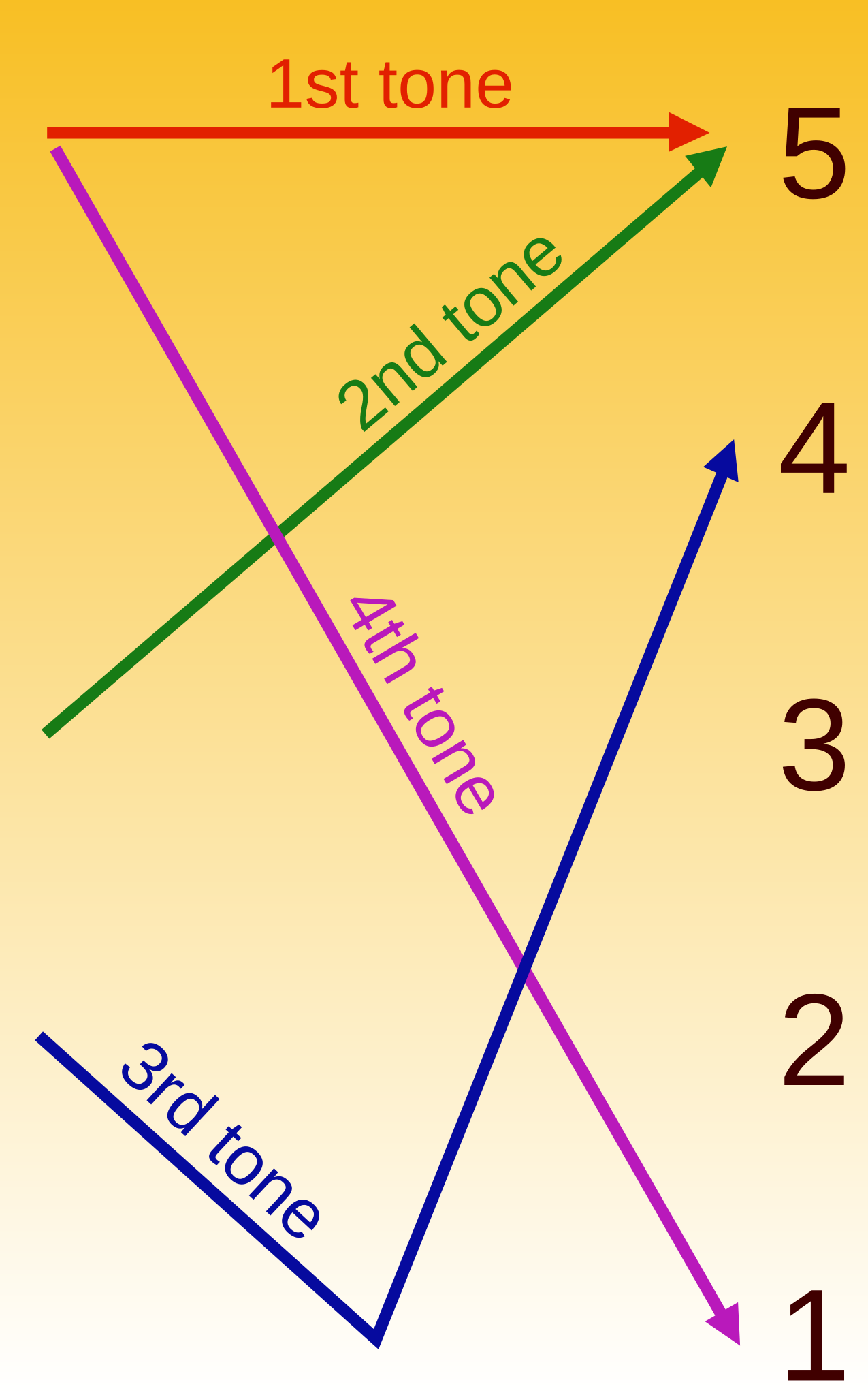zhèngzhì (zhèng·zhì {politics | political} · governing [→ [politics | political]] 政治) ← Tap/click to show/hide the “flashcard”
[Notes: Tap/click on a Pīnyīn (Pīn·yīn {Piecing Together of} · Sounds → [Pinyin] 拼音) expression to reveal its “flashcard”; tap/click on a “flashcard” or its Pīnyīn (Pīn·yīn {Piecing Together of} · Sounds → [Pinyin] 拼音) expression to hide the “flashcard”. 📖 📄 📘 icons mean 📖 Reveal All, 📄 Reveal Advanced, and 📘 Reveal None re all the “flashcards” in the heading, paragraph, etc. that they are placed at the beginning of.]
At the time of this writing, jw.org was featuring the article “Political Violence—What Does the Bible Say?”. As the article says:
A wave of political violence is sweeping the world.
- The assassination of a record-high 39 political candidates along with other forms of political violence has marred Mexico’s 2023-2024 election season.
- Europe has recently witnessed numerous incidents of political violence, including the attempted assassination of the prime minister of Slovakia on May 15, 2024.
- The United States has been shaken by the attempted assassination of former president Donald Trump on July 13, 2024.
Incidentally, “former president Donald Trump” is translated in the Mandarin version of this article as “qián (former 前) zǒngtǒng (zǒng·tǒng {overall → [chief]} · {gathering together → [commanding]} (person) → [president] 总统 總統) Tèlǎngpǔ (Trump 特朗普) (Chuānpǔ (Trump (Tw) 川普))”.
Speaking of Trump and this year’s US presidential election, another, um, unusual development has been President Joe Biden’s recent announcement that he is ending his campaign for president, which will require a different Democratic presidential nominee to be selected and promoted in the relatively short time remaining before the election is to take place in November. In turbulent and uncertain times such as these, we as Jehovah’s people can especially appreciate that coming to know and accept the truth about the good news of God’s Kingdom frees us from the anxiety and concern that many in this world that is greatly affected by the USA’s political policies are undoubtedly feeling.—Daniel 2:44; John 8:32.
Anyway, where the English version of the above-mentioned jw.org article uses the word “political”, the Mandarin version generally uses this week’s MEotW, “zhèngzhì (zhèng·zhì {politics | political} · governing [→ [politics | political]] 政治)”, which in other contexts can also be used as a noun that corresponds to “politics”. (Be careful not to confuse “zhèngzhì (zhèng·zhì {politics | political} · governing [→ [politics | political]] 政治)” with “jīngjì (jīng·jì {managing [of]} · {crossing [of] a river → [helping]} → [economy | [is] economical | economic] 经济 經濟)”, which basically means “economy” or “economic”.)
Morphemic Breakdown and Related Expressions
The first morpheme in “zhèngzhì (zhèng·zhì {politics | political} · governing [→ [politics | political]] 政治)” basically means “politics” or “political”, and it also appears in “zhèngfǔ (zhèng·fǔ political · {seat of government} → [government] 政府)”, which means “government”. Other expressions in which it appears include “zhèngcè (zhèng·cè political; government · {bamboo/wooden slip used for writing → [plan; scheme; strategy]} → [policy; political tactic] 政策)”, “zhèngquán (zhèng·quán political · power; authority [→ [regime]] 政权 政權)”, and “zhízhèng (zhí·zhèng {catch; capture → [hold]} · {government → [political power]} 执政 執政)”.
The second morpheme in “zhèngzhì (zhèng·zhì {politics | political} · governing [→ [politics | political]] 政治)” can mean “governing” or “ruling”, and it also appears in “tǒngzhì (tǒng·zhì {gather together → [command]} · rule (v) | {gathering together → [commanding]} · ruling → [rule] 统治 統治)”. Another sort of related meaning that this morpheme has is “treat; cure”, which likely comes from its meaning of “manage”. For example, it’s used this way in “zhìbìng (zhì·bìng {manage → [treat; cure]} · disease; illness; sickness 治病)” and in “zhìliáo (zhì·liáo {managing → [treating; curing]} · treating; curing [→ [medical treatment; cure]] 治疗 治療)”.
Usage Examples
Here are a couple of examples of “zhèngzhì (zhèng·zhì {politics | political} · governing [→ [politics | political]] 政治)” in use, taken from the above-mentioned jw.org article:
English:
Political Violence—What Does the Bible Say?
Mandarin:
📖 📄 📘 Zhèngzhì (Zhèng·zhì Political · Governing → [Political] 政治) Bàolì (Bào·lì Violent · Force → [Violence] 暴力) Shìjiàn (Shì·jiàn Incidents · [mw] 事件) Huì (Will 会 會) Yǒu (Have 有) Zhōngzhǐ (Zhōng·zhǐ Ending · Stopping 终止 終止) de (’s 的) Yì (One 一) Tiān (Sky → [Day] 天) Ma ([? ptcl for “yes/no” questions] 吗 嗎)?
English:
Why is there so much political violence? Will it ever end? What does the Bible say?
Mandarin:
📖 📄 📘 Wèishénme (Wèi·shén·me for · what · [suf] → [why] 为什么 為什/甚麼) yǒu ({are (there) having} → [are (there)] 有) zhème (zhè·me this · [suf for interrogatives and adverbs] 这么/末 這麼/末) duō (many 多) zhèngzhì (zhèng·zhì political · governing → [political] 政治) bàolì (bào·lì violent · force → [violence] 暴力) shìjiàn (shì·jiàn incidents · [mw] 事件) ne ([? ptcl] 呢)? Zhèixiē (Zhèi·xiē this · {indefinite number of} → [these] 这些 這些) shìqing (shì·qing events · situations 事情) huì (will 会 會) yǒu (have 有) zhōngzhǐ (zhōng·zhǐ ending · stopping 终止 終止) de (’s 的) yì (one 一) tiān (sky → [day] 天) ma ([? ptcl for “yes/no” questions] 吗 嗎)? Shèngjīng (Shèng·jīng (the) Holy · Scriptures → [the Bible] 圣经 聖經) zěnme (zěn·me what · [suf] 怎么 怎麼/麽) shuō ({does say} 说 說/説)?

